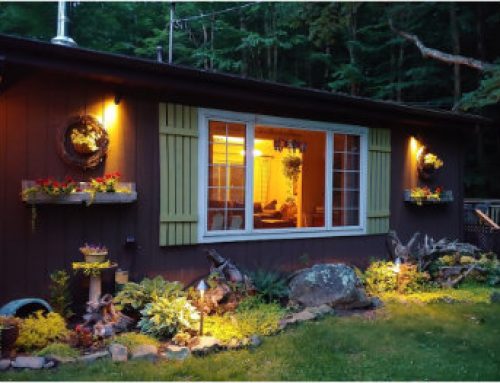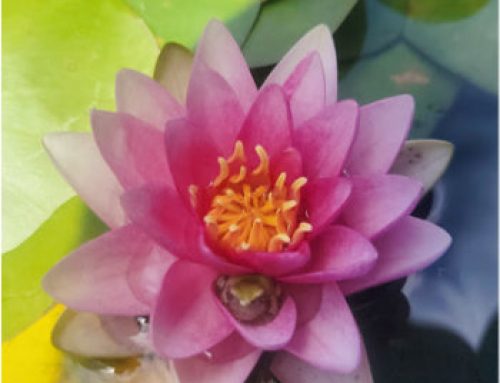From colorful water lilies to tall water iris that hug the edges of your pond, it’s the variety of beautiful aquatic plants that put the “garden” in “water garden.” You can apply many of the same techniques you use to create your landscape flower beds to your water feature as well. Color, height, and planting conditions are all things you’ll want to consider when it comes to naturalizing your pond with plants. Here are 5 tips for planting up your pond this spring
- Consider each plant’s needs – It’s wise to be mindful of just how much sun your aquatic plants will need to thrive as well as the depth your plants should be planted at in your pond. Plants that require “full sun” will need a minimum of 6 hours of unobstructed sun each day. If you are unsure what your plants need you can ask a professional at your local garden center or search the internet for more information.
- Use Variety – Using varying textures and colors when planting your pond will create a more fun and interesting look as opposed to having a pond filled with plants that have similar looks and growth habits. Play around with the colors of your plants to create the visual tone you are looking to have in your unique water feature.
- Know your plant size – One of the most common mistakes new water gardeners make is not realizing how large their pond plants will grow. Make sure you find out the height and width of a mature plant of water you decide to add to your pond. This way you allow enough space for your plants to grow.
- Group your plants together – Keeping groups of plants in your pond will be much more visually appealing than separating small plants spread out everywhere. Planting longer stretches along the edge of your water feature will create a more natural look.
- Shorties in the front, tall plants in back – You want to have the best you can get of your water feature. Typically, you will likely spend most of your time viewing your feature from a patio or deck. Keep your line of sight in mind so you don’t end up planting your tallest plants right in front of your viewing area.
You’ll want to keep an interesting mix of aquatic plants for your water garden. Plant a few marginal plants at the pond’s edge. Include a colorful water lily or even a lotus, add some floating plants like water lettuce, and include submerged plants to help add oxygen to your pond. Variety is the spice of the water gardening life, so don’t be afraid to experiment |




